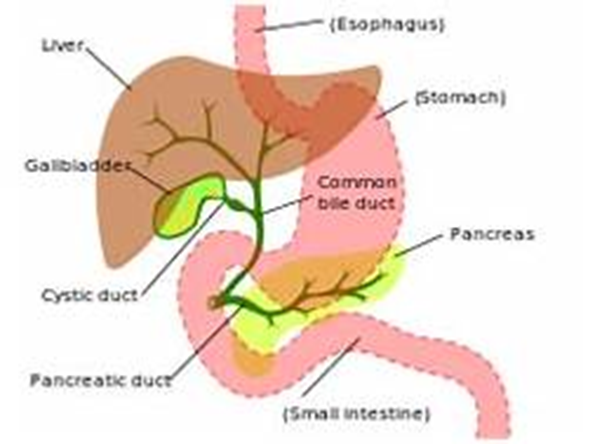A nurse is caring for a client who has a pulmonary embolism and has been on a heparin continuous infusion for 5 days. The provider prescribes warfarin PO without discontinuing the heparin. The client asks the nurse why both anticoagulants are necessary. Which of the following statements should the nurse make?
"Both heparin and warfarin work together to dissolve the clots."
"Warfarin takes several days to work, so the IV heparin will be used until the warfarin reaches a therapeutic level."
"The IV heparin increases the effects of the warfarin and decreases the length of your hospital stay."
"I will call the provider to get a prescription for discontinuing the IV heparin today."
The Correct Answer is B
Choice A reason: Heparin and warfarin do not work together to dissolve clots. Heparin acts quickly to prevent further clotting, while warfarin is used for long-term anticoagulation.
Choice B reason: Warfarin's onset of action is slow, requiring several days to reach therapeutic levels. During this time, heparin is used to provide immediate anticoagulation to prevent new clot formation or the growth of existing clots.
Choice C reason: IV heparin does not increase the effects of warfarin. They are used concurrently because of the delay in warfarin's onset of action.
Choice D reason: It is not appropriate to discontinue heparin immediately after starting warfarin due to the delay in warfarin reaching therapeutic levels. The overlap is necessary to ensure continuous anticoagulation.
Nursing Test Bank
Naxlex Comprehensive Predictor Exams
Related Questions
Correct Answer is D
Explanation
Choice A reason: Tenderness in the left upper abdomen is not typically associated with an obstruction of the common bile duct. This symptom is more commonly related to conditions affecting the stomach, pancreas, or spleen. The common bile duct is in the right upper quadrant of the abdomen, and tenderness in this area might be expected with its obstruction.
Choice B reason: Ecchymosis of the extremities is not a common finding in common bile duct obstruction. Ecchymosis, or bruising, is usually due to trauma, blood disorders, or other causes of fragile blood vessels and is not related to bile duct issues.
Choice C reason: Pale-colored urine is the opposite of what might be expected with common bile duct obstruction. Typically, the urine may become dark due to increased bilirubin levels that are excreted by the kidneys when the bile duct is obstructed.
Choice D reason: Fatty stools, or steatorrhea, are a classic finding in common bile duct obstruction. When bile flow is blocked, fats are not properly digested and absorbed, leading to stools that are bulky, greasy, and often have a foul odor. This occurs because bile is necessary for the emulsification and absorption of dietary fats in the intestine.

Correct Answer is ["A","B","C","D","E"]
Explanation
Choice A reason: Pain occurring 30 to 60 minutes after a meal is a common symptom of gastric ulcers due to the increased gastric acid secretion during digestion that can aggravate the ulcer.
Choice B reason: Pain at night is also typical for gastric ulcers as the circadian rhythm can influence acid secretion, potentially leading to increased discomfort during the night.
Choice C reason: A sensation of bloating can be associated with gastric ulcers due to delayed gastric emptying or increased sensitivity of the stomach lining.
Choice D reason:Pain relieved by eating is indicative of gastric ulcers because food can act as a buffer to stomach acid, temporarily relieving pain².
Choice E reason:Pain upon palpation of the epigastric region is expected in clients with gastric ulcers due to the localized inflammation and sensitivity of the stomach lining².
Whether you are a student looking to ace your exams or a practicing nurse seeking to enhance your expertise , our nursing education contents will empower you with the confidence and competence to make a difference in the lives of patients and become a respected leader in the healthcare field.
Visit Naxlex, invest in your future and unlock endless possibilities with our unparalleled nursing education contents today
Report Wrong Answer on the Current Question
Do you disagree with the answer? If yes, what is your expected answer? Explain.
Kindly be descriptive with the issue you are facing.
